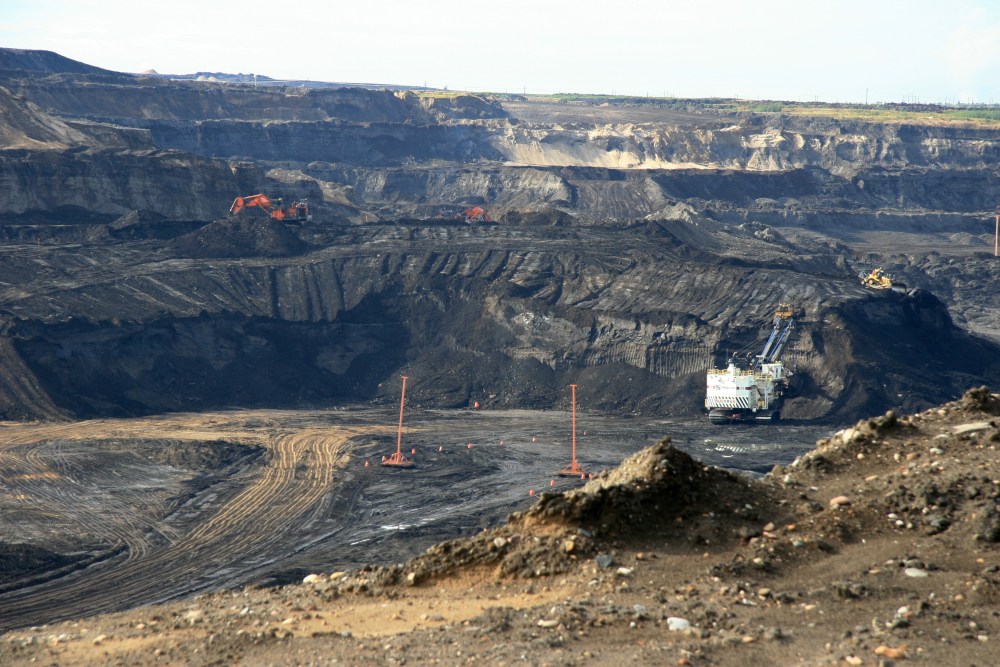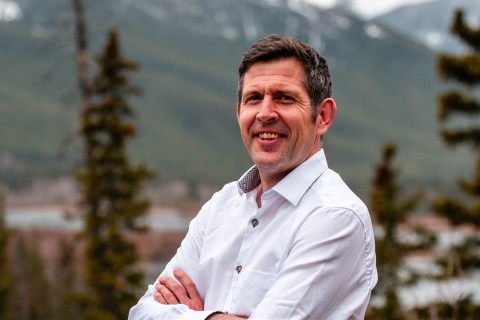After a week in Glasgow, I can’t help but reflect on what the UN Climate Conference of the Parties (COP26) means for Canada and, in particular, my home province of Alberta. Though the world is still not on track to safely limit warming to 1.5 degrees Celsius, and financing from rich countries has not been adequately committed to deal with adaptation, loss and damage, COP26 did deliver more ambitious commitments from governments, business and the financial sector. It created momentum. We have a renewed determination to help deliver solutions with the urgency the problem demands – including in Alberta, which alone is responsible for 38 per cent of Canada’s emissions.
At COP26, on an international stage, Canada’s newly re-elected government committed publicly to deliver on promises made at home on the election campaign trail, including on oil and gas, methane, and electricity generation. But the federal government alone cannot deliver on the climate imperative. What needs to happen next to ensure Canada meets its international climate obligations?
By committing to "cap oil and gas emissions today and ensure they decrease tomorrow at a pace and scale needed to reach net-zero by 2050," the federal government is acknowledging a simple reality. Without tackling oil and gas emissions – even with continued progress in other sectors – Canada will fail to meet its climate target. The sector accounts for 26 per cent of national emissions, and between 2005 and 2019 grew more than any other with a 20 per cent increase in emissions.
Federal and provincial governments need to act quickly and collaboratively to figure out how to set targets in the oil and gas sector, and agree on the regulatory package to meet them. This won’t be easy. After decades of delay, it’s time for this sector to finally reduce overall emissions. A key first step at the federal level is a net-zero scenario from the Canadian Energy Regulator to ensure that energy development decisions and investments are aligned with a world where global temperature rise is kept below 1.5 degrees. Provinces that have relied on fossil fuel income need to move with the highest sense of urgency to create and begin implementing a viable net-zero transition plan to ensure the prosperity and well being of communities that depend on the sector.
Along with a sectoral target for oil and gas, Canada made official at COP26 its commitment to reduce methane emissions from oil and gas by at least 75 per cent below 2012 levels by 2030. The significance of this shouldn’t be understated: methane is responsible for about 30 per cent of the rise in global temperatures to date. Canada also joined 105 countries in a pledge to reduce global methane emissions by 30 per cent below 2020 by 2030. Pending the outcome of its review of current methane regulations, Canada may need to strengthen provincial regulations to hit the existing 2025 target while developing new regulations to meet the new 2030 target. Given methane’s potency, ongoing improvement of methane data and inventories is essential.
The federal government also reiterated its commitment to achieve a net-zero electricity grid – the foundation of a clean economy – by 2035. As my colleagues explain in the National Observer, many of the pieces of the puzzle fall under provincial jurisdiction; by creating mutually beneficial arrangements to build regional interconnections, provinces can harness Canada’s clean energy power. The federal government can play a key role by moving forward on the promised clean electricity performance standard, tightening the carbon pricing system for heavy emitters, and investing in connecting grids as well as better outcomes for the people of New Brunswick, the only hold-out in the Canada-wide commitment to phase-out coal. Whether moving off coal or determining how to meet increasing electricity demand, provinces are making decisions today that will shape the carbon footprint of businesses, industries, and the products they made for domestic consumption or to sell abroad, for decades to come. Alberta, too, needs to quickly commit to a net-zero grid and encourage greater integration of clean energy solutions.
The other major shift solidified at COP26 is financial: never has public and private money been more aligned with the goal of building a clean economy. The Glasgow Climate Pact, signed by 197 countries, commits to speeding efforts to phase out "inefficient fossil fuel subsidies" – the first time this language has ever been included. Canada also signed a joint international pledge with 33 other countries to end new direct public financial support for the international unabated fossil fuel sector next year. And, under the leadership of Mark Carney, the UN Special Envoy on Climate Action and Finance, the Glasgow Financial Alliance for Net Zero was launched, to direct $134 trillion of assets globally toward a safer climate. Investors will expect to report positive emissions trends in their own and clients’ portfolios – crucially for all three scopes of emissions – as well as their impact on the 2030 target on the pathway to net-zero. Strong climate policy here at home at both the federal and provincial level will give investors the policy certainty they want.
Returning home to Alberta, I’m struck by the contrast between global momentum on climate and the Government of Alberta’s lack of willingness to take concrete actions to significantly reduce overall emissions from the oil and gas sector and support our workers and communities in the global market shift that is already well underway. Alberta wants the world to invest in the province’s fossil fuel products on the basis of environmental, social and governance (ESG) performance indicators. To truly fulfil the environmental part of that mandate, the province needs to commit to the Paris Agreement goal of reducing emissions by 2030 and achieving net-zero by 2050 – and present a viable plan for achieving both. Long a leader in energy innovation, Alberta risks getting left behind. COP26 may not have delivered all that is necessary to deliver a safer climate, but it cemented the direction international governance and financial markets are moving toward that goal.









